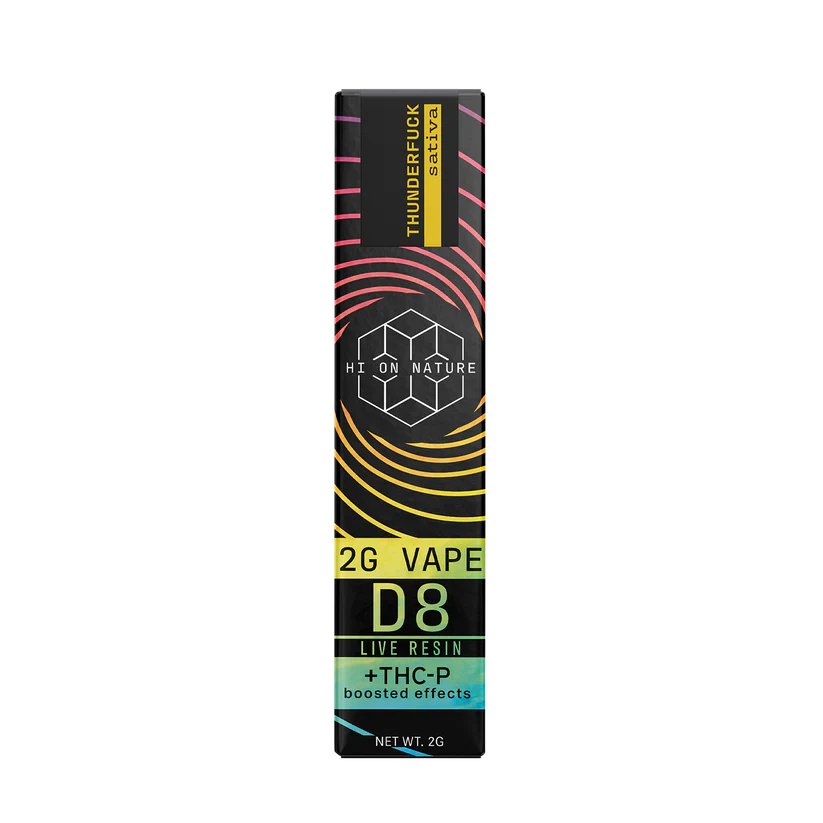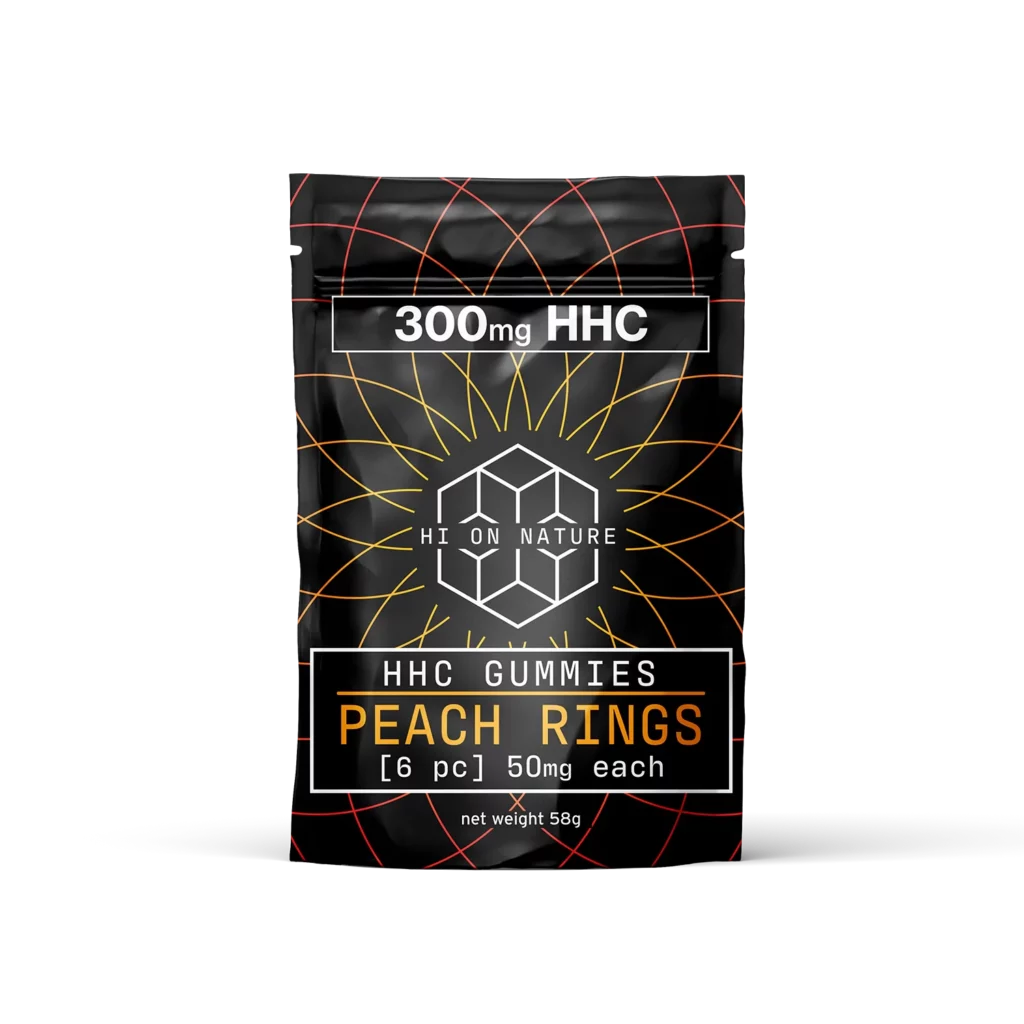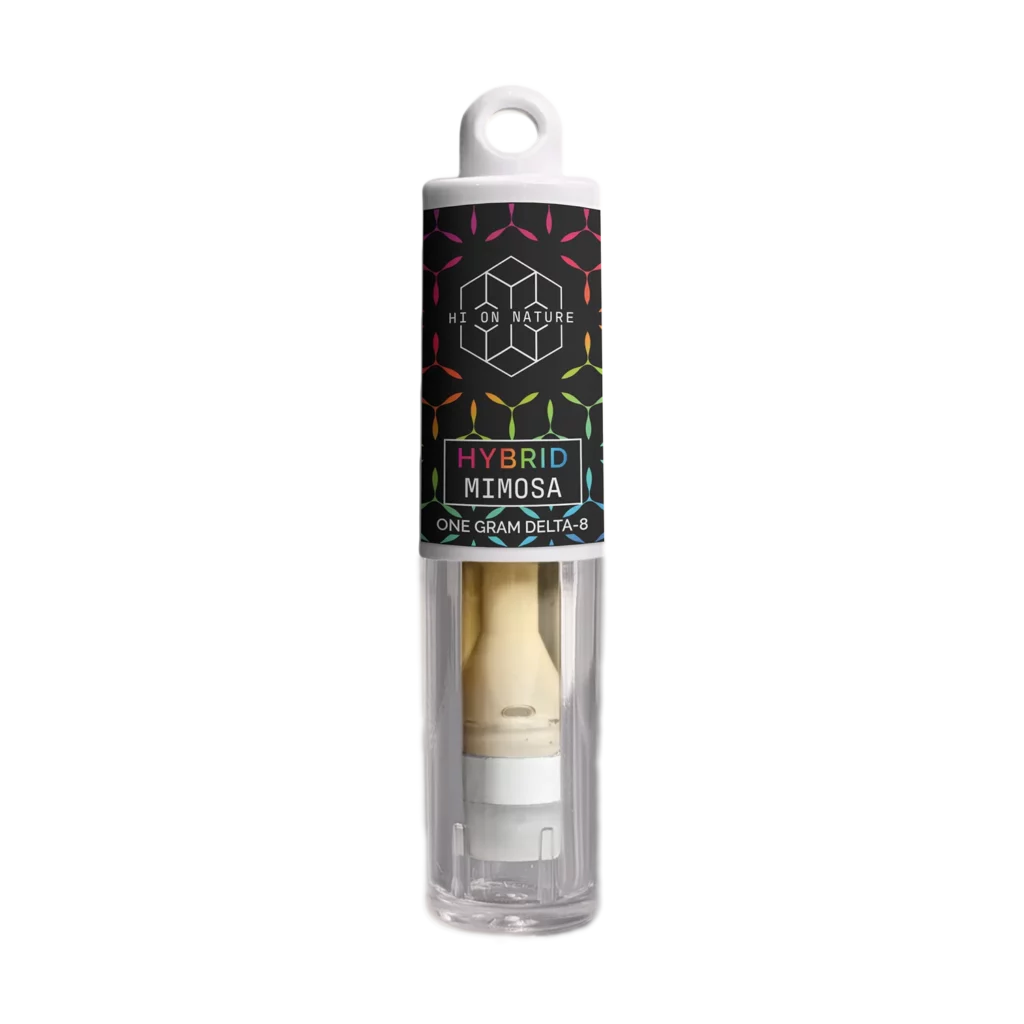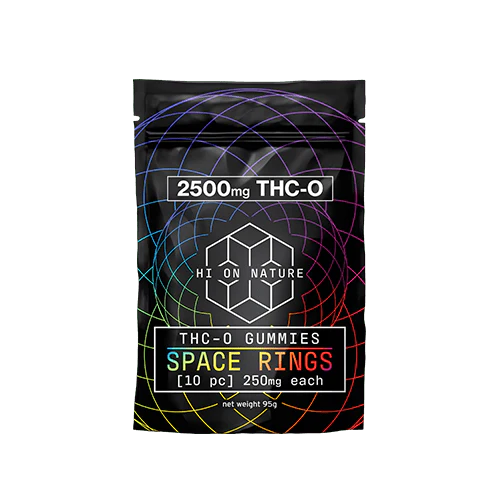New compounds have been discovered in cannabis, including HHC, THC-O, and THC-P are a few of the compounds we can’t get enough of.
Remember when the only compound we associated with the hemp plant was cannabidiol (CBD)? While CBD remains a mainstay of countless people’s daily routines, the industry has evolved exponentially in the last several years, and the result has been a market that now offers a wide array of cannabinoids that are both federally legal and rich in must-try properties, with many of them being delightfully psychoactive.
Where do all of These Awesomely New Cannabinoids Keep Coming From?
We have a tendency to forget that there are, in fact, well over 100 individual cannabinoids found in any given sample of hemp. The majority of these cannabinoids are classified as minor, meaning that they exist in such trace levels that they seemingly have little impact on the plant’s properties and characteristics as a whole. But, to gloss over them would be a mistake, especially since we now have the technology to isolate and analyze them more thoroughly than ever before.
It’s because of today’s vast market as well as analysis methods, which largely revolve around liquid chromatography, that we’re able to both examine cannabinoids more effectively, and discover ones that up until now, we never knew existed. Pair that with the high demand for psychoactive hemp compounds that happen to be protected by federal law, and you can understand why we’re seeing one new cannabinoid enter the market after another.
HHC
HHC (Hexahydrocannabinol) is one of those more recent discoveries, found in the pollen and seeds of the hemp plant. It’s a hydrogenated cannabinoid that’s phenomenally stable, but what hemp enthusiasts find more exciting is the fact that it behaves as almost a mirror image of delta 9 because of striking similarities in its chemical structure.
HHC is a psychoactive cannabinoid that many say is just a little milder than delta 9 in terms of its high, and it seems to offer all of the other effects that we associate with delta 9 which have to do with nausea, mood, physical discomfort, appetite, and the like.
HHC-O
To make HHC a little more potent to better match the psychoactive nature of delta 9, it can be combined with acetic anhydride, a reagent that can reconfigure the cannabinoid’s structure to enhance, in this case, the cannabinoid’s intoxicating qualities and create HHC-O (HHC-O-Acetate). HHC-O products are about 1.5 times more intoxicating than HHC, which doesn’t sound like much, but it in fact noticeably improves the high for more customer satisfaction. HHC-O is thought to be the closest you can get to real Delta 9 THC.
THC-O
THC-O (THC-O acetate) is one of the better-known newer cannabinoids on the market, but in reality, it’s not actually new at all. Developed by the military in the mid-20th century, it was the original compound to be produced by combining a naturally occurring cannabinoid—in this case, THC—with acetic anhydride. THC-O products are three times as intoxicating as regular old delta 9, and that’s pretty potent, to say the least. Its high is extremely euphoric, and many say that the body high is out of this world. THC-O is known as the “psychedelic cannabinoid,” and its effects usually take 30 to 45 minutes to kick in.
THC-P
If you thought THC-O was a powerful psychoactive, wait until you get your hands on THC-P (tetrahydrocannabiphorol) . This is a naturally occurring cannabinoid found in extremely trace amounts in the hemp plant—so trace that it was only discovered a little over two years ago thanks to more advanced analysis methods. THC-P products are about 10 times as psychoactive as delta 9 THC, making it the strongest intoxicating cannabinoid that we know of so far. Like THC-O, its high seems to promise phenomenal levels of euphoria.
THCV
THCV (Tetrahydrocannabivarin) has actually been steadily researched since its discovery in 1973, but it’s only become a subgenre of the hemp market recently. THCV products are tricky because their high is only achievable after consuming a somewhat heavy dosage amount, and even then, the intoxicating effects are only mild. But THCV has other tricks up its sleeve—primarily, it has been shown in studies to potentially regulate blood sugar, fat metabolization, and other metabolic processes.
Delta 8/Delta 10
Delta 8 and delta 10 THC have both been on the market for longer than the rest of these newer cannabinoids, but they remain big favorites among hemp enthusiasts as the cannabinoid market continues to grow and evolve. Delta 8 and delta 10 products are both about 70% as psychoactive as delta 9 THC. Delta 8 is known for its more relaxing effects, making it a great cannabinoid for evening. Delta 10, meanwhile, offers something of the opposite kind of high, offering an uplifting buzz that can give people a boost of motivation, focus, and even creativity.
Delta 9 THC
Delta 9 THC has arrived on the legal hemp market, being fully federally compliant by containing a maximum of 0.3% delta 9 per dry weight, which is exactly what the law allows. But, don’t be fooled by that low percentage—federally compliant delta 9 comes in the form of gummies and edibles that contain large enough portion sizes that the 0.3% comes out to a meaningful amount, which in our case is 10 milligrams per piece—plenty to give you the high that you’re looking for. Legal Delta-9 gummies come with a full spectrum entourage of compounds such as CBC, CBG, CBN, and more.
CBDA/CBGA
Then, we have the non-psychoactive cannabinoids—CBDA and CBGA, or cannabidiolic acid and cannabigerolic acid, respectively. These cannabinoids are actually CBD and CBG in their raw, pre-decarboxylated forms—in other words, they’re what you’d consume if you were to eat the raw flowers of hemp rather than smoking or vaporizing them. These raw cannabinoids have been shown to offer a lot of value, which is fascinating, since we’ve always been told that cannabinoids aren’t worth much until they’ve been heated to a certain temperature, which “activates” their key properties.
CBDA and CBGA have been researched to a surprising extent over the years, and they’re seeing a huge surge in demand thanks to a recent study, done only in January of this year, showing that when taken together, they can bond to virus spike proteins and restructure it to prevent it from absorbing into cells of the body, giving it the stunning potential to prevent the virus from entering the lung tissue.







